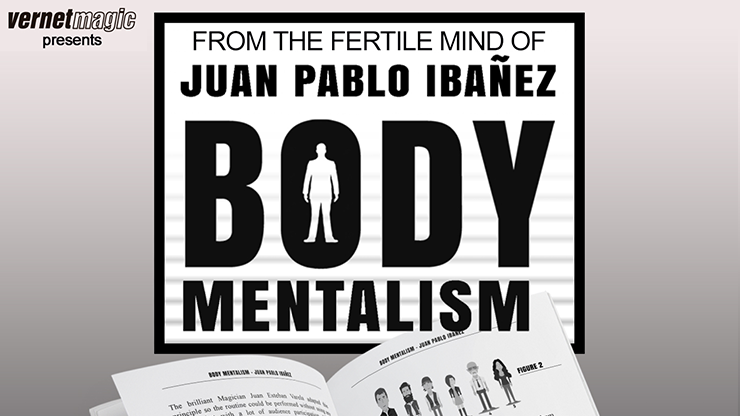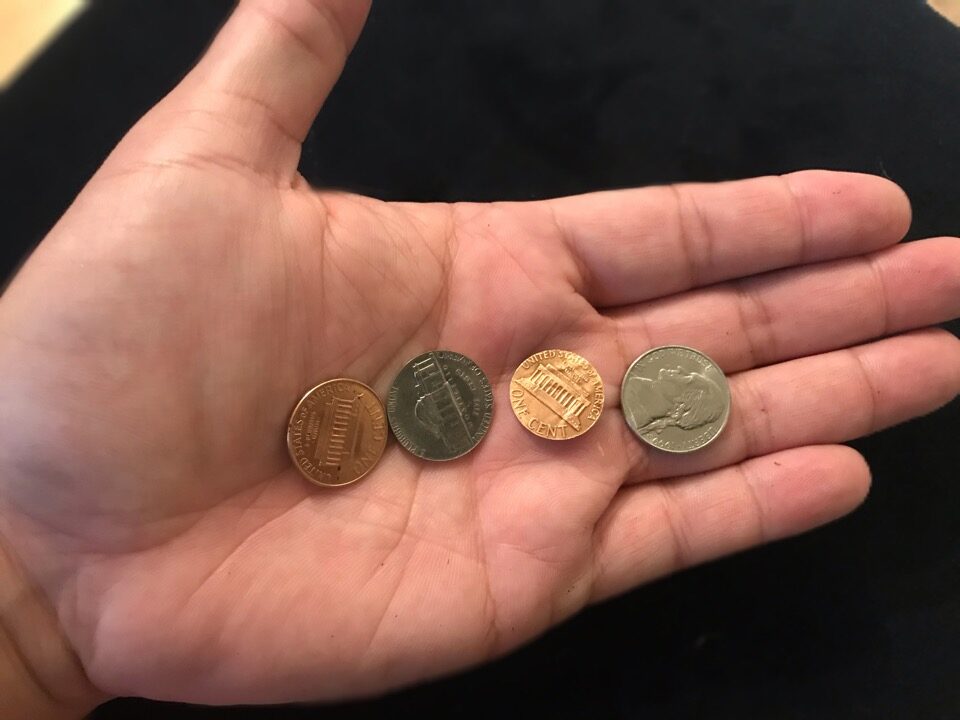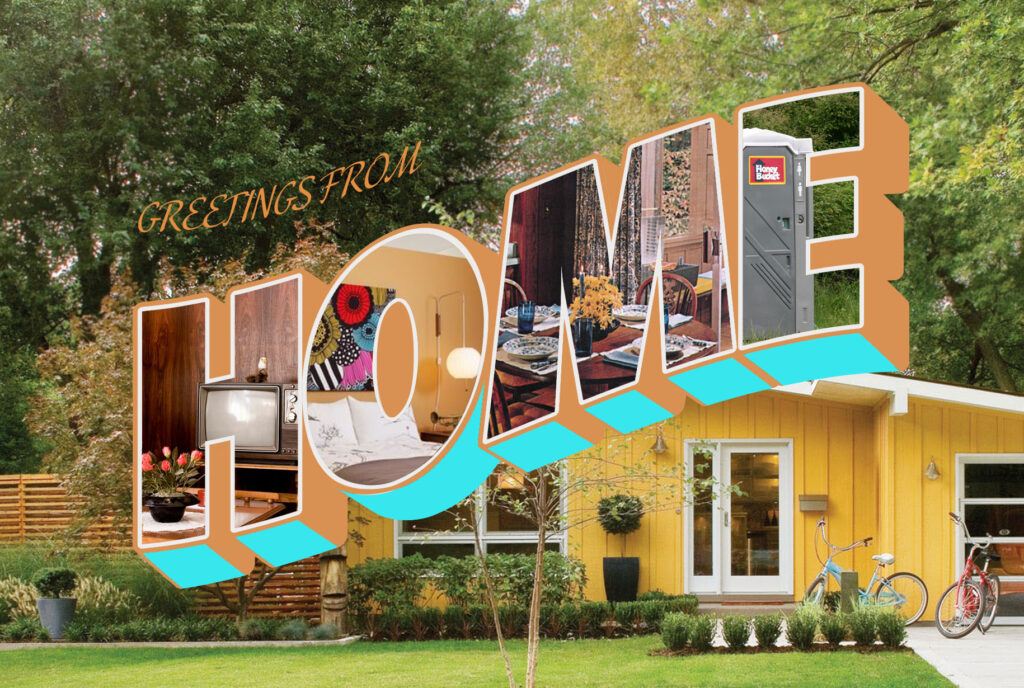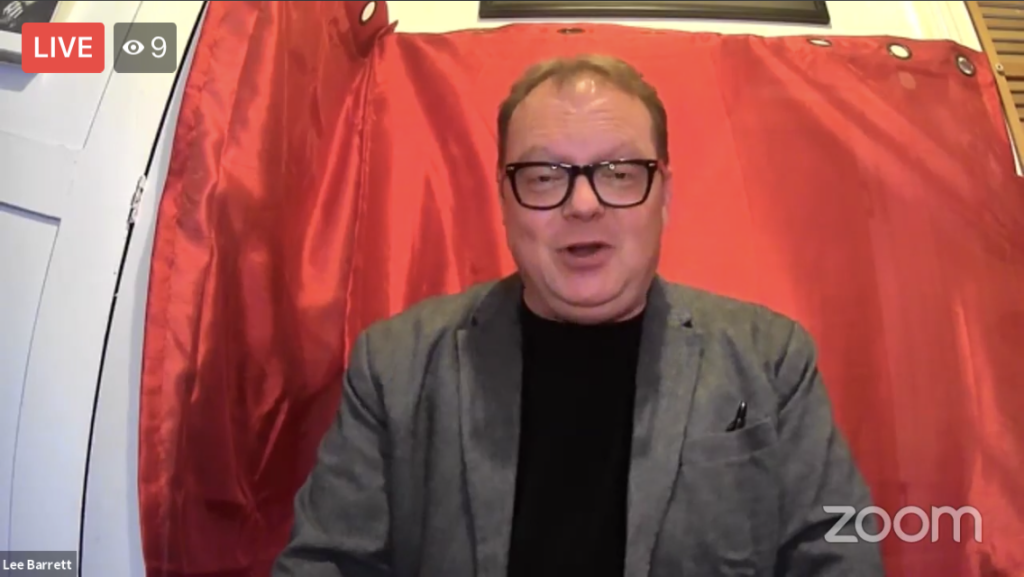Last week I ended up with a ticket to the Chicago Magic Lounge’s Virtual Happy Hour. I’ve never been in person to the venue, and on video it looks like a cool place. I think tickets are $15 and we had four magicians, a mixologist and a host. All of the performers were performing live at the venue except for one that was in another country.
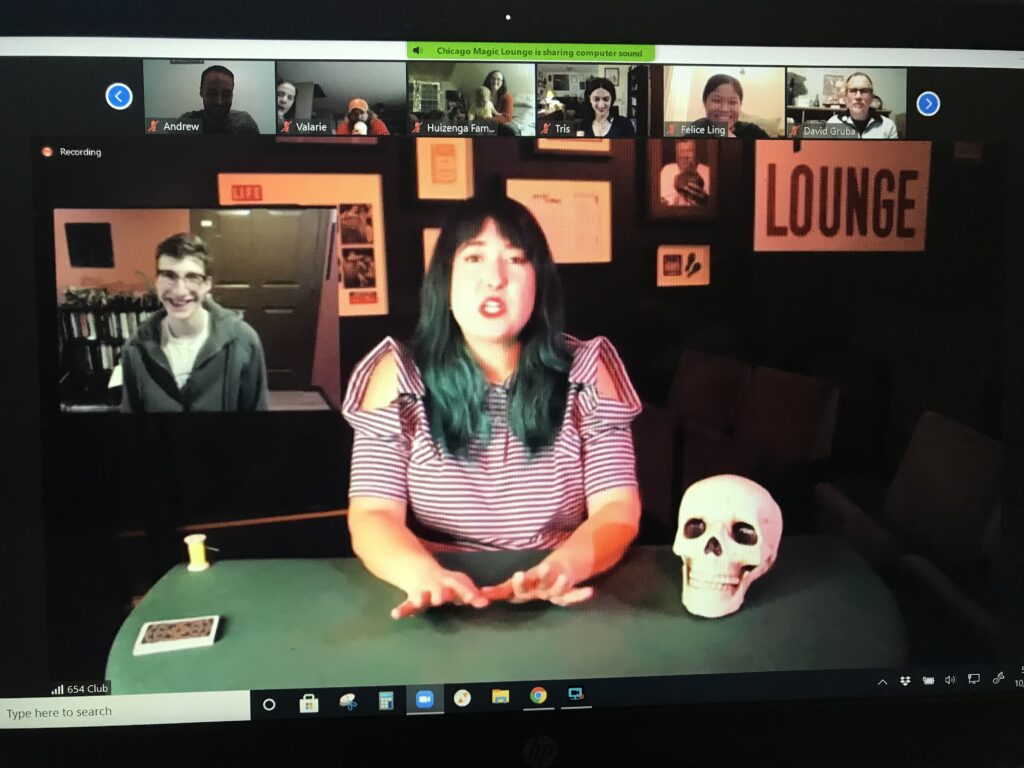
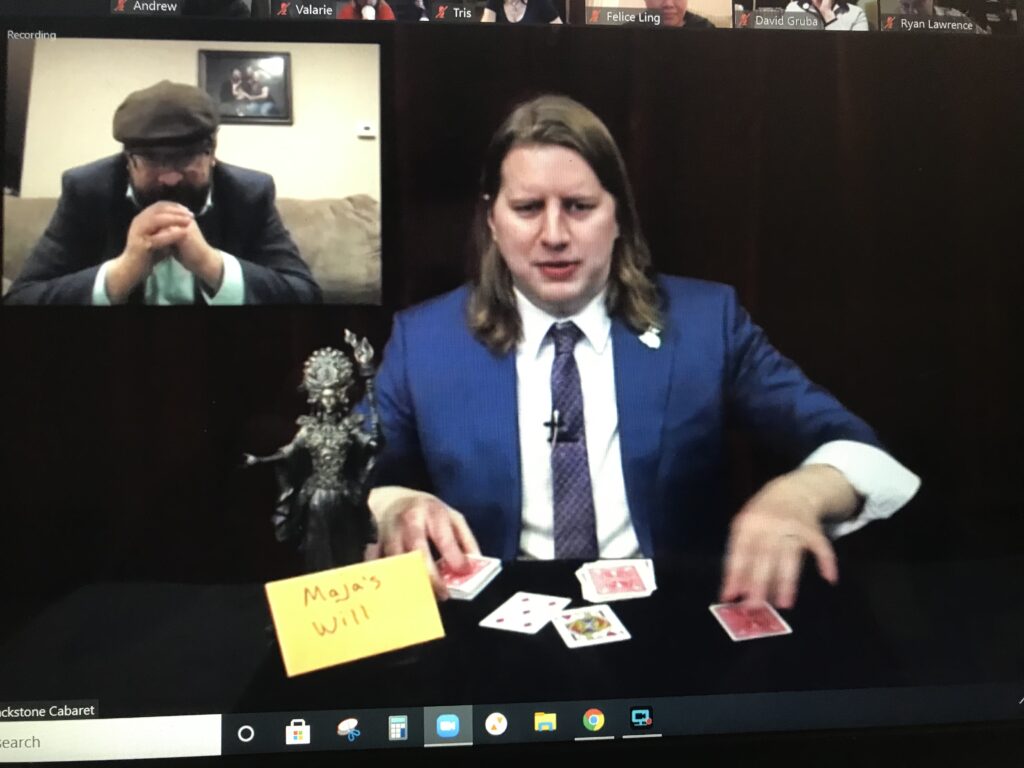
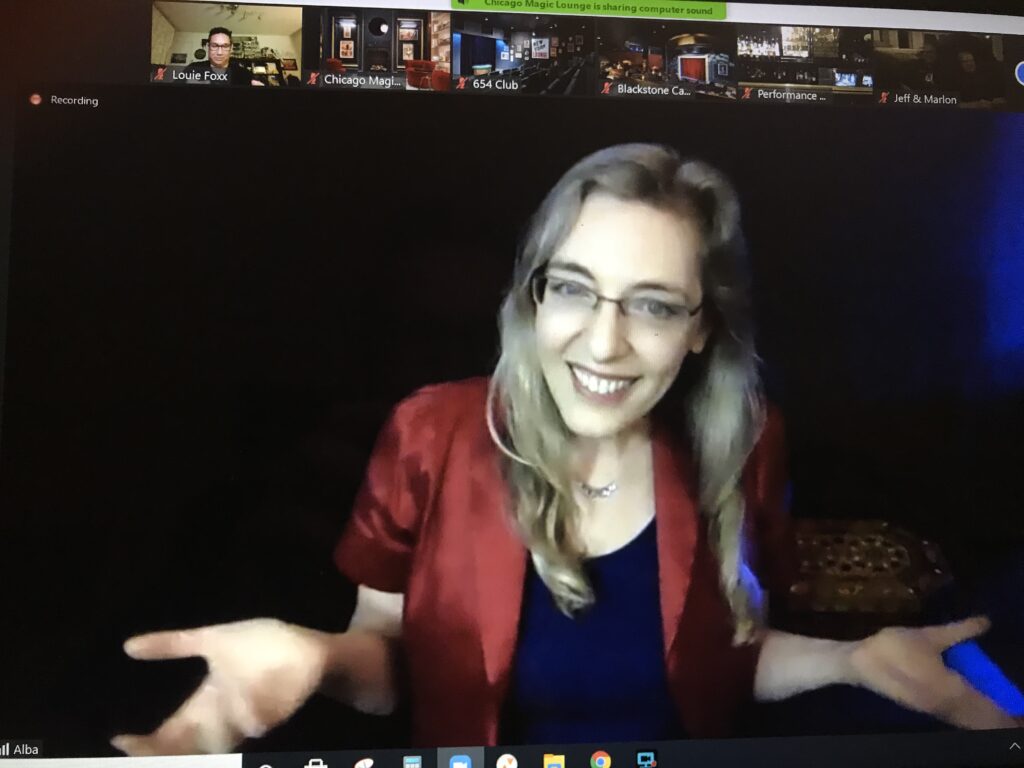
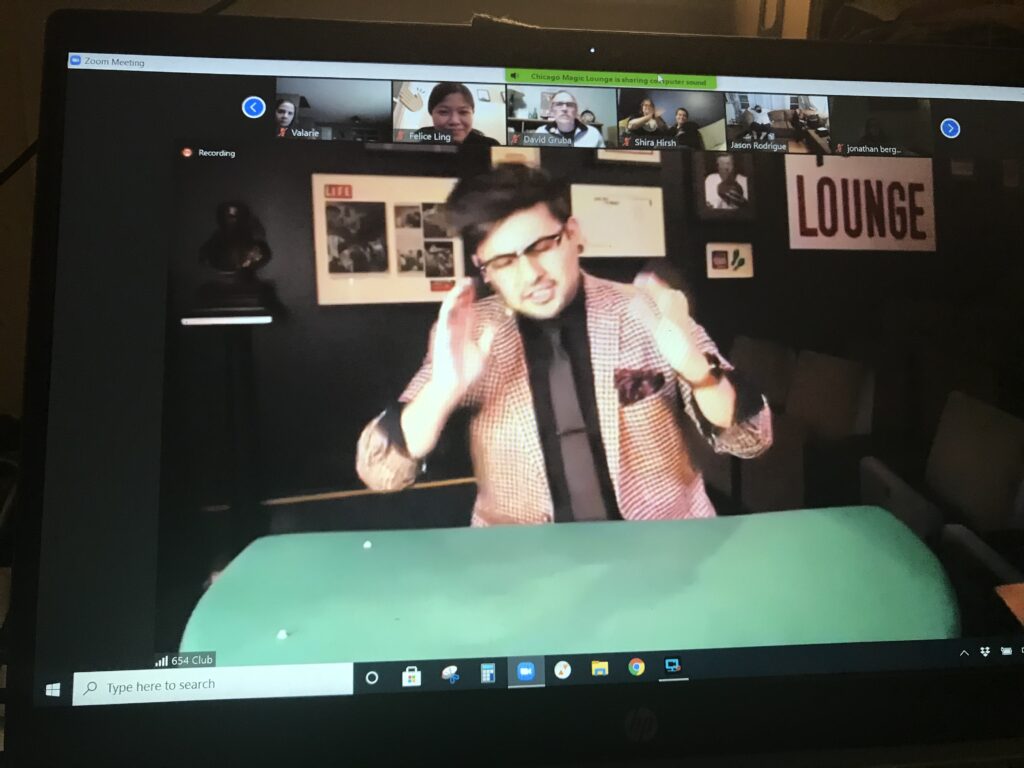
I didn’t get a picture of the host Benjamin Barnes, however he did a great job introducing the acts. Personally, I would have liked to see him do a set in there somewhere.
All of the acts used audience participation, with the helper on screen. They were in engaging, and the audience was fairly active in the chat.
One interesting thing that happened during the show was at one point when someone was picked to help out onscreen the guy said something like, “I thought this was all fake…“. What he meant was that he thought everyone helping was a stooge.
That comment raises an interesting question:
Do most audience members think these shows use stooges?
I don’t know if there’s a way to keep people from thinking that. People have the same thought at in person shows, so it’s not unique to a zoom show. This is more of a concern for a ticketed show than it is for a corporate zoom show.
Back to the Chicago Magic Lounge, for $15 it’s a solid show and worth checking out online. I think the overall run time was about 2 hours.

